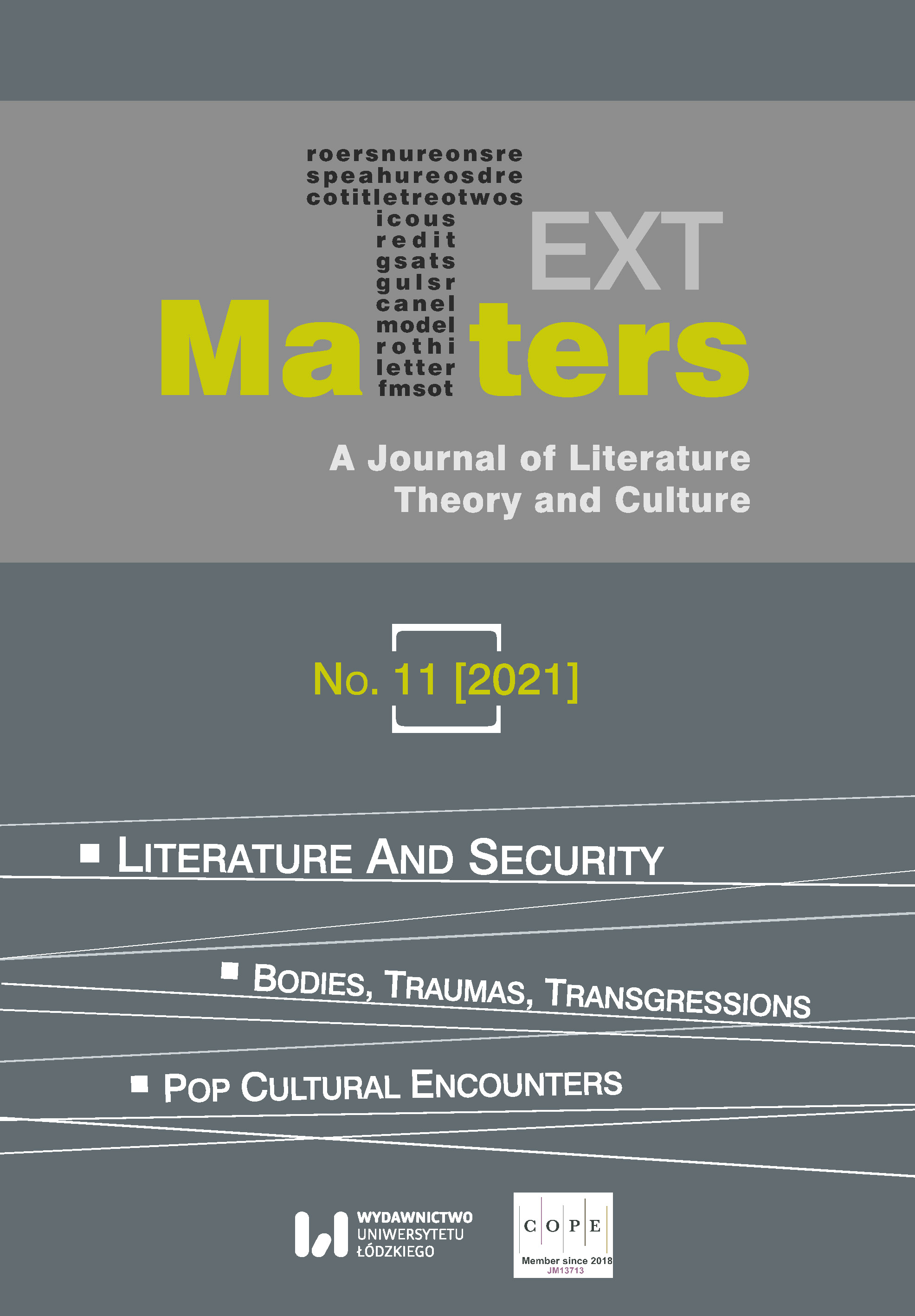Dystopias in the Realm of Popular Culture: Introducing Elements of Posthuman and Postfeminist Discourse to the Mass Audience Female Readership in Cecelia Ahern’s Roar (2018)
Dystopias in the Realm of Popular Culture: Introducing Elements of Posthuman and Postfeminist Discourse to the Mass Audience Female Readership in Cecelia Ahern’s Roar (2018)
Author(s): Katarzyna OstalskaSubject(s): Studies of Literature
Published by: Wydawnictwo Uniwersytetu Łódzkiego
Keywords: popular culture; popular literature; romance novels; the feminist discourse; dystopia; the posthuman; Ahern
Summary/Abstract: This article analyzes selected short stories in Cecelia Ahern’s thirty-narrative collection Roar (2018) to see how (and with what losses or gains) the perspectives of posthuman and postfeminist critique can be incorporated via the common dystopic umbrella into the mainstream female readership of romance literature. The dystopic worlds created by Ahern in Roar portray inequality and power imbalances with regard to gender and sex. The protagonists are mostly middle-aged women whose family and personal lives are either regulated by dystopic realities or acquire a “dystopic” dimension, the solutions to which are provided by, among other tropes, “posthuman” transformations. Roar introduces other-than-human elements, mostly corporeal alterations, in which the female bodies of Ahern’s characters become de-formed and re-formed beyond androcentric systems of value. The article raises the question of whether feminist and, to some extent, “posthuman” (speculative) approaches, need to be (and indeed should be) popularized in such an abridged way as Ahern does in her volume. The answer depends upon the identification of the target audience and their expectations. Ahern’s Roar represents popular literature intended to be sold to as many readers as possible, regardless of their education, state of knowledge, etc. Viewed from that perspective, what some critics could perceive as the collection’s structural weaknesses constitutes its utmost marketing asset. The essay argues that despite not being a structurally innovative work of art, Ahern’s book fulfils the basic requirements of the popular fiction genre, intermittently providing some extra, literary gratification and popularizing rudimentary elements of the posthuman and postfeminist thought.
Journal: Text Matters: A Journal of Literature, Theory and Culture
- Issue Year: 2021
- Issue No: 11
- Page Range: 204-221
- Page Count: 18
- Language: English

